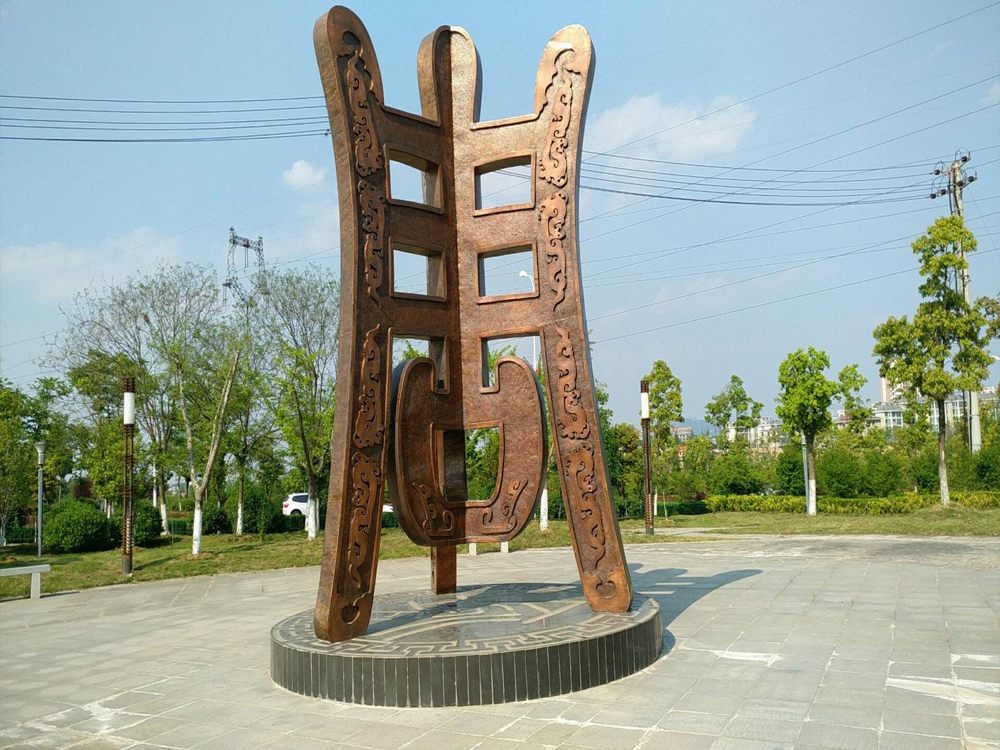
Artists masterfully create the illusion of depth in flat stone carvings through a combination of techniques that trick the eye into perceiving three-dimensionality. One of the most common methods is bas-relief, where figures are slightly raised from the background, creating shadows that suggest depth. By varying the depth of cuts, artists can simulate distance, with deeper cuts appearing closer and shallower ones receding into the background.
Another technique involves perspective carving, where lines converge toward a vanishing point, mimicking how objects appear smaller as they move away from the viewer. Strategic shading and texturing further enhance this effect, with darker areas appearing recessed and lighter areas projecting forward. Cross-hatching and stippling can add texture, making surfaces appear more lifelike.
Additionally, overlapping elements create a sense of layering, while careful attention to proportions ensures realistic spatial relationships. By combining these methods, artists transform flat stone into dynamic, visually engaging works that seem to leap off the surface. Whether in ancient monuments or contemporary sculptures, these timeless techniques continue to captivate audiences with their illusionary mastery.

